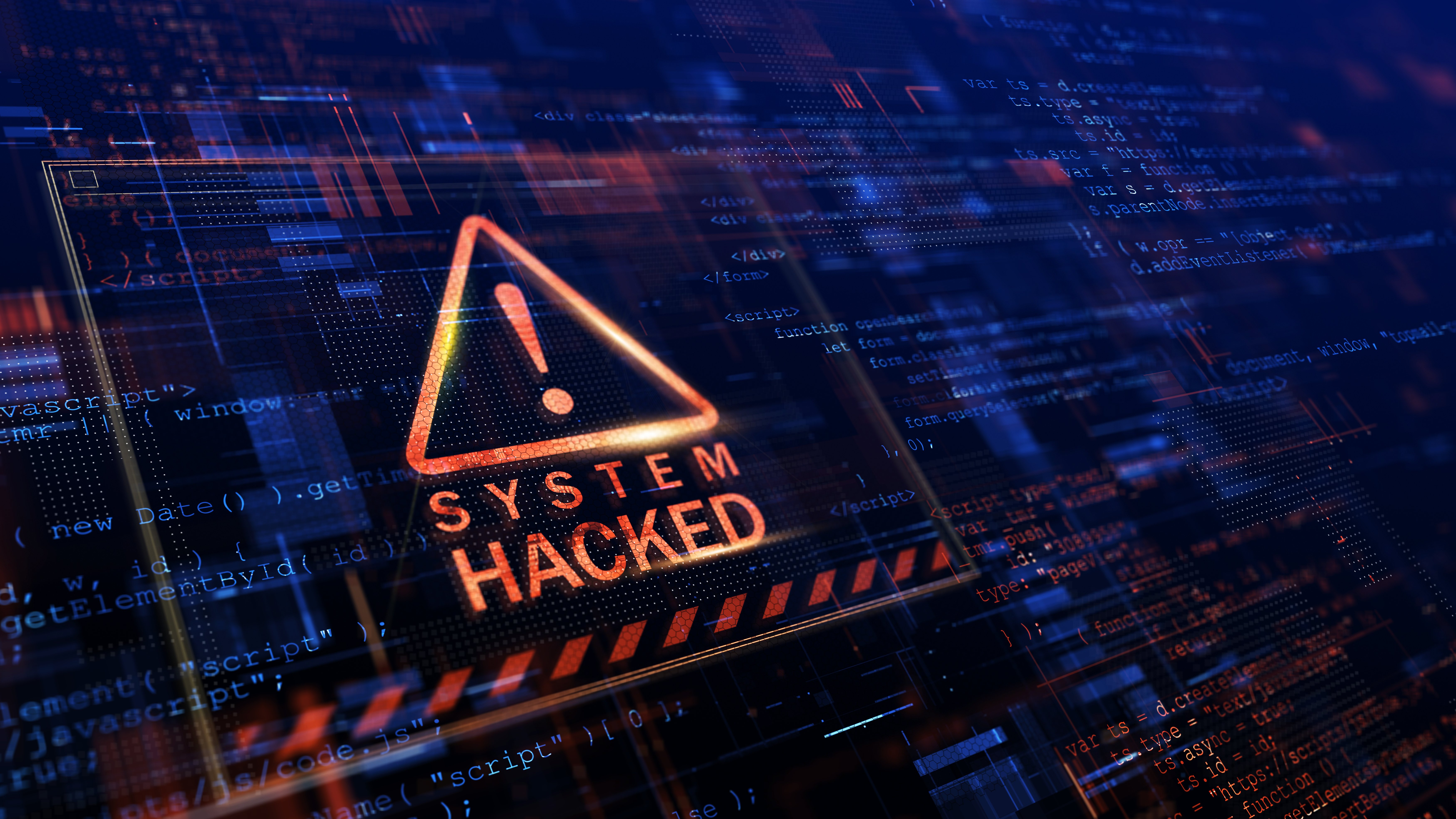The UK public sector operates at the heart of British society, safeguarding critical infrastructure, delivering essential services, and holding sensitive data. This vital role makes it a prime target for a spectrum of cyber threats, constantly evolving and exploiting vulnerabilities. Public sector cyber specialists face a formidable task: staying ahead of the curve, understanding the ever-shifting threat landscape, and implementing robust defenses.

State-Sponsored Actors: A Persistent Menace
State-backed cyber operations pose a significant and persistent threat to the UK public sector. These actors are often well-resourced, equipped with advanced capabilities, and driven by strategic objectives. Their attacks can range from espionage and data theft to disruptive attacks aimed at disabling critical infrastructure or influencing public opinion.
Recent incidents, such as the SolarWinds supply chain attack and the targeting of COVID-19 vaccine research institutions, highlight the sophistication and audacity of these adversaries. Public sector specialists must remain vigilant of evolving tactics, such as:
- Supply chain compromises: Targeting third-party vendors to gain access to core systems.
- Exploiting zero-day vulnerabilities: Leveraging unknown software flaws before patches are available.
- Advanced social engineering: Employing sophisticated techniques to manipulate individuals and gain access to sensitive information.
Ransomware Rampage: A Growing Concern
Ransomware attacks have become a major concern for public sector organizations, disrupting operations, causing financial losses, and eroding public trust. These attacks involve encrypting critical data and demanding a ransom payment for its decryption. The rise of "Ransomware-as-a-Service" models has lowered the technical barrier to entry, leading to a surge in attacks.
Public sector organizations are particularly vulnerable due to:
- Legacy IT systems: Outdated systems may lack security patches and be more susceptible to vulnerabilities.
- Large attack surfaces: The complex and interconnected nature of public sector networks creates multiple entry points for attackers.
- Pressure to maintain public services: This pressure can lead to hasty decisions and neglecting security protocols during a crisis.
To mitigate the ransomware threat, public sector specialists should:
- Regularly back up data: Implement robust backup and recovery procedures to ensure quick restoration in case of an attack.
- Patch and update systems: Prioritize timely patching of vulnerabilities and software updates to minimize attack vectors.
- Educate employees: Train staff on phishing scams and social engineering tactics to prevent initial compromise.
Supply Chain Woes: Hidden Vulnerabilities
The interconnected nature of modern technology exposes public sector organizations to vulnerabilities embedded within their supply chains. A compromise of a third-party vendor can provide attackers with a backdoor into critical systems. The SolarWinds attack serves as a stark reminder of the potential devastating impact of such breaches.
Public sector specialists can address this challenge by:
- Mapping and assessing supply chains: Identify critical vendors and assess their security posture.
- Contractual security clauses: Include stringent security requirements in vendor contracts.
- Continuous monitoring: Monitor network activity for suspicious behavior that might indicate a compromise within the supply chain.
Emerging Threats: Keeping Watch on the Horizon
The cyber threat landscape is constantly evolving, and new threats emerge on a regular basis. Public sector specialists must stay informed about these emerging trends to stay ahead of the curve:
- Artificial intelligence (AI): AI-powered attacks are becoming more sophisticated, capable of automating tasks and personalizing attacks.
- Internet of Things (IoT): The proliferation of connected devices creates new attack surfaces and potential entry points for malicious actors.
- Cloud security challenges: Moving data and applications to the cloud introduces new security considerations and requires robust cloud security practices.
Collaborative Defense in a Dynamic Landscape
Navigating the complex and ever-changing cyber threat landscape demands a collaborative approach. Public sector organizations must work together, share knowledge, and learn from each other's experiences. By leveraging expertise across the sector, fostering information sharing, and implementing robust security practices, public sector cyber specialists can build a more resilient and secure digital environment. Remember, staying informed, prioritizing proactive measures, and fostering collaboration are key to mitigating the ever-present cyber threats facing the UK public sector.

Ola Jader



-Apr-25-2024-09-43-35-5584-AM.png?width=80&height=80&name=Untitled%20design%20(77)-Apr-25-2024-09-43-35-5584-AM.png)
